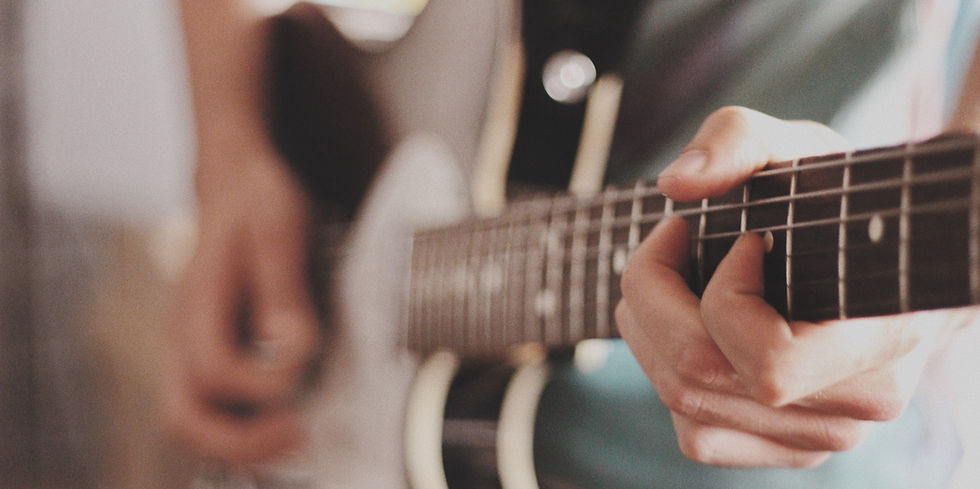Case study: The Guitarist’s Fingers
- Stéphane Pépin

- Aug 27, 2021
- 3 min read
Updated: Mar 27, 2022

A musician, finishing his master’s degree in classical guitar, came to the clinic because of a decrease in his speed of execution and a feeling of fatigue in the right hand. He had an important recital coming up and needed to improve his performance (speed of execution).
Massage helped him and it was recommended that he tries Tuina massage, which brought him to our clinic.
The work of the right hand in a classical guitarist depends mainly on the finger flexors. Long hours of practice can cause some strain in those muscles. The overuse of muscles can contribute to the formation of trigger points. A trigger point is a “knot” in a muscle. Some muscle fibers get stuck together and you can feel a tight band in the muscle and often a small mass the shape of an olive pit. Although we tend to refer to trigger points when they are painful – the so-called myofascial pain syndrome – a trigger point can be latent. Which means it is present but not painful.
When a part of the muscle fibers of a given muscle remains permanently contracted, the muscle has less strength, less endurance and less flexibility. Some of the muscle fibers do not work with the rest. In athletic performance as well as in artistic performance, which is the case here, the presence of trigger points and tight bands can negatively affect performance.
At the first visit, we mainly treated with the Tuina massage since this was the type of treatment the patient wanted to receive. We treated the whole arm, the shoulder, the wrist and the hand. Having identified several tensions and trigger points on the flexor muscles of the fingers, we released some of these points. The conventional technique for releasing a needle trigger, a technique often referred to as the “dry needling” is actually a basic technique in acupuncture and involves inserting the needle directly on the trigger point and manipulate it in a way to get a muscle fasciculation.
Two weeks later, the patient returned for another treatment. He said that he felt better after the treatment but did not notice any noticeable change in his performance, namely speed of execution and fatigue. The second treatment was thus more centered on acupuncture with Tuina massage as an addition. The treatment consisted of some classic acupuncture points and a few trigger points on the flexor and extensor muscles of the fingers.
The patient came to the clinic the following week saying that he noticed an improvement. He also felt his muscles looser. So we did a treatment that was relatively similar to the previous treatment, combining traditional acupuncture with trigger point treatment, and completing with Tuina massage. Having achieved satisfactory improvement and met his goal, he chose to stop treatment.
In conclusion, this case story illustrates that acupuncture is not only used to treat pain and injury. It also helps to increase performance. It is often used by high-level athletes but artists such as the one in this case study, can also benefit from it. Moreover, we can see that the simple use of the trigger points has its limits. The treatment is much more effective when combining trigger point therapy with traditional acupuncture and manual therapy.
For the treatment of your musculoskeletal pain and injuries, as well as for the improvement of your performance, your acupuncturist is your best ally. Contact us to make an appointment or to learn more about what acupuncture, Tuina massage and Chinese medicine can do for you.

Comments